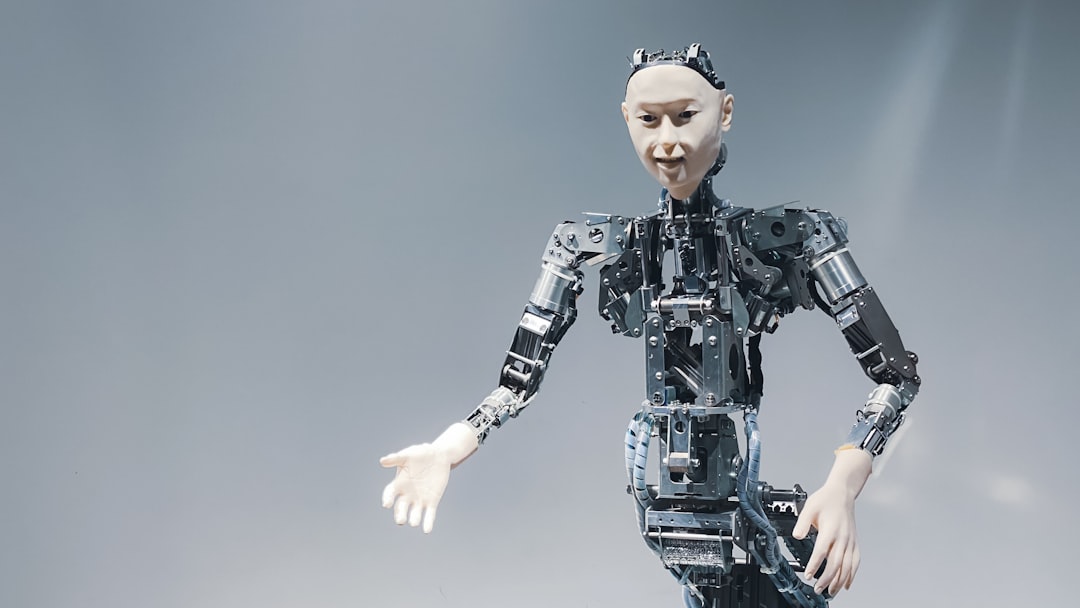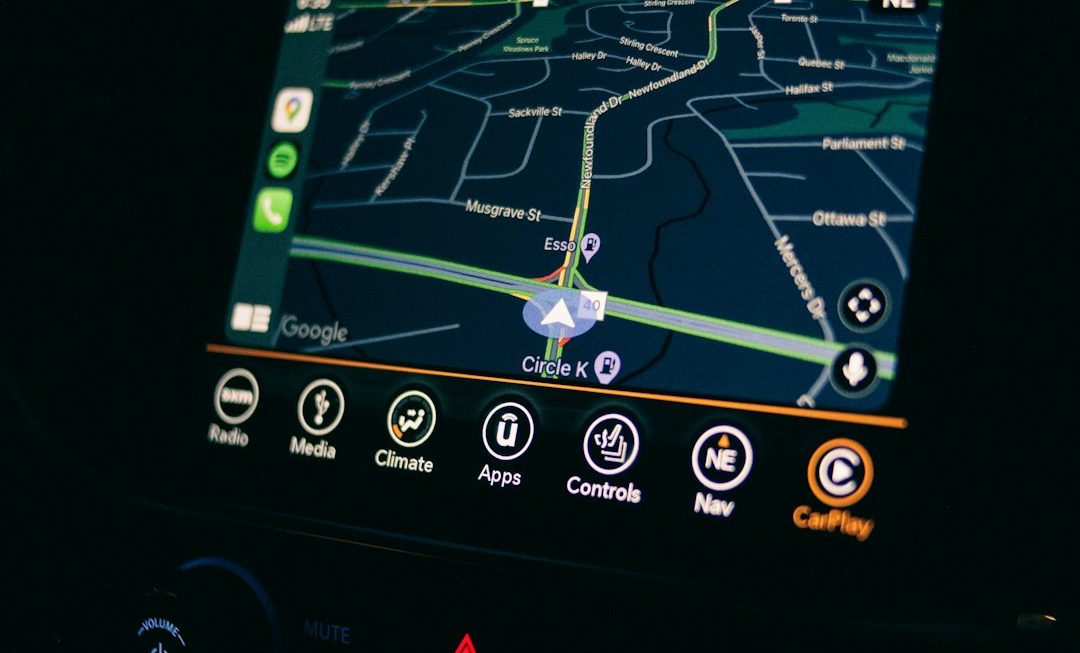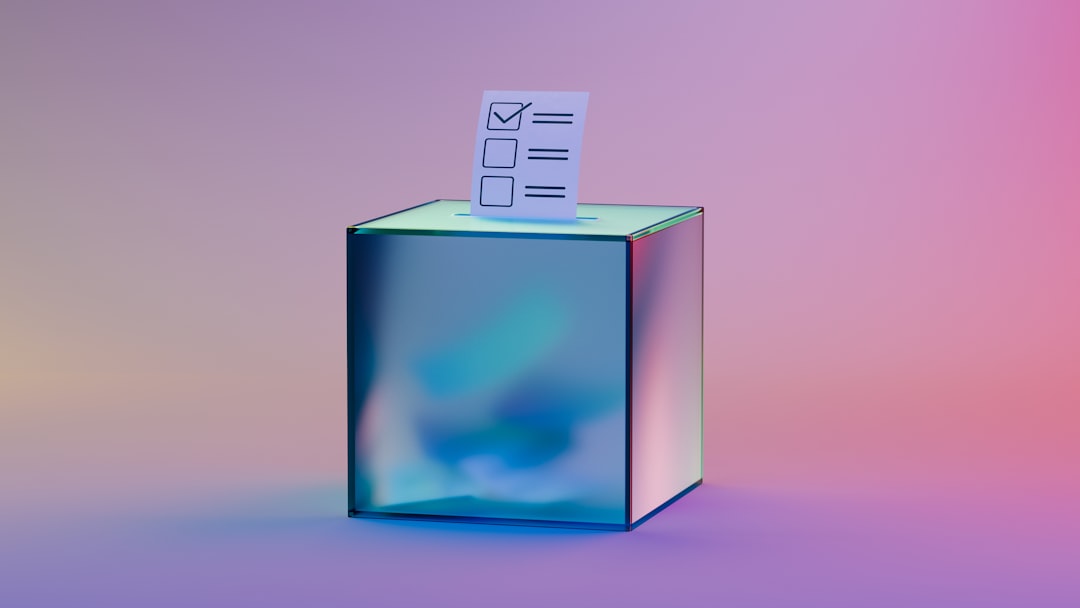The internet has revolutionized the way artists share their work, offering unparalleled opportunities for exposure, feedback, and sales. However, it also presents serious risks to intellectual property—unauthorized use, art theft, and misleading reproductions are increasingly common. Fortunately, modern technology provides a solution: AI reverse image search tools. These tools empower artists to safeguard their digital creations by tracing how and where their artwork appears online.
AI-powered reverse image search works by analyzing the unique visual features of an image—such as color patterns, shapes, and textures—to find matches across the web. Where traditional copyright protection often requires manual monitoring, AI tools conduct automated scans that are faster, more accurate, and scalable. This tech-forward approach offers digital artists a new kind of shield in a hyper-connected world.
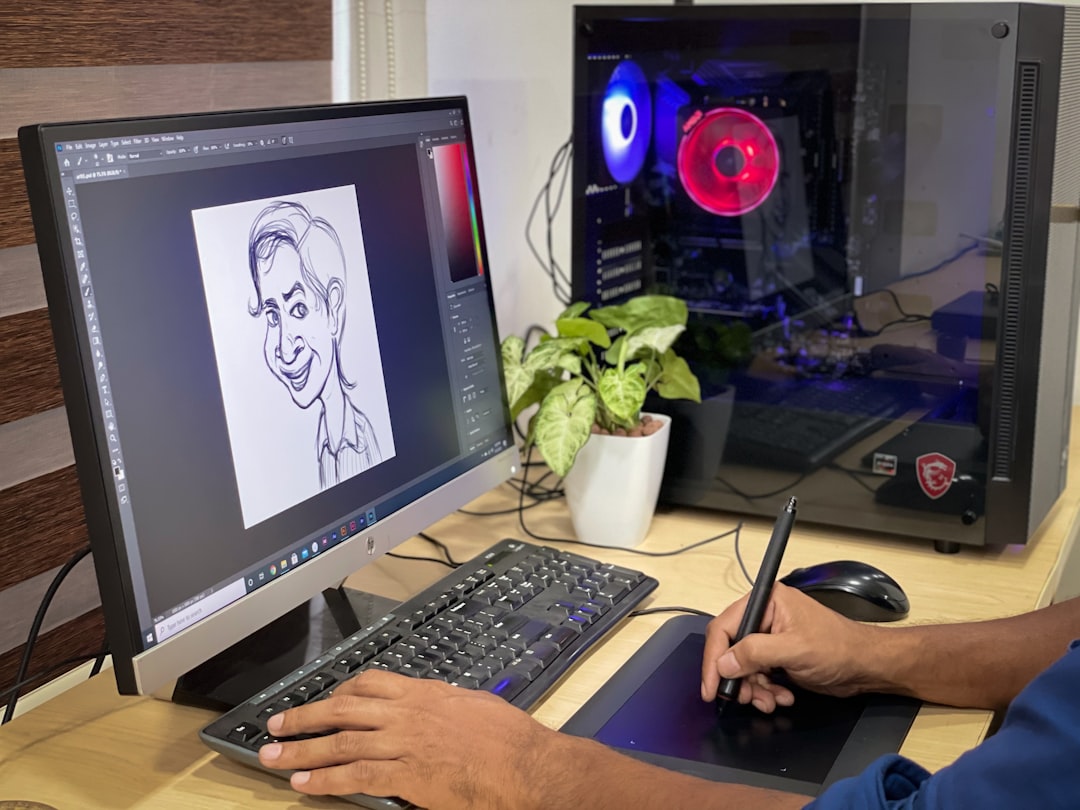
How AI Reverse Search Tools Work
At their core, reverse image search tools allow users to upload an image and then scan the internet for visually similar or identical images. When infused with artificial intelligence, the process becomes more advanced. AI doesn’t just rely on metadata or exact duplicates—it can recognize stylizations, cropped versions, and even artwork that’s been modified or filtered.
Some leading AI reverse search platforms utilize deep learning algorithms to index billions of images and can detect copied art even when the thief attempts to disguise it. These platforms often come with features like:
- Real-time alerts when new matches are found
- Geographical data about where the image is used
- Automated takedown notices prepared for infringing use
With these features, artists don’t have to continuously monitor the internet themselves. Instead, they can focus on creating while trusting the AI to do the heavy lifting in background surveillance.
Popular AI Reverse Search Tools for Artists
Several tools are gaining favor in the art community for their robust features and reliability. Among them:
- Google Reverse Image Search: Free and user-friendly, but limited to exact or near-exact matches.
- Tineye: Uses computer vision algorithms to detect duplicates, useful for simpler searches.
- Berify: Has its own proprietary image matching engine and searches across major image and social networks.
- Pixsy: Tailored for photographers and artists, it provides detailed reports and legal support for copyright violations.
Artists should evaluate each platform based on the scope of its database, level of AI advancement, and available legal assistance.
Benefits Beyond Protection
Beyond just guarding against theft, AI reverse search tools can also be used to monitor an artwork’s popularity or discover unexpected appearances in blogs, media, and merchandise. This data can inform future projects and provide insight into which pieces resonate with audiences.
Some artists have even discovered new business opportunities by tracking where their work spreads and approaching those sites for partnership or licensing deals. In this way, AI doesn’t just defend art—it helps it thrive.
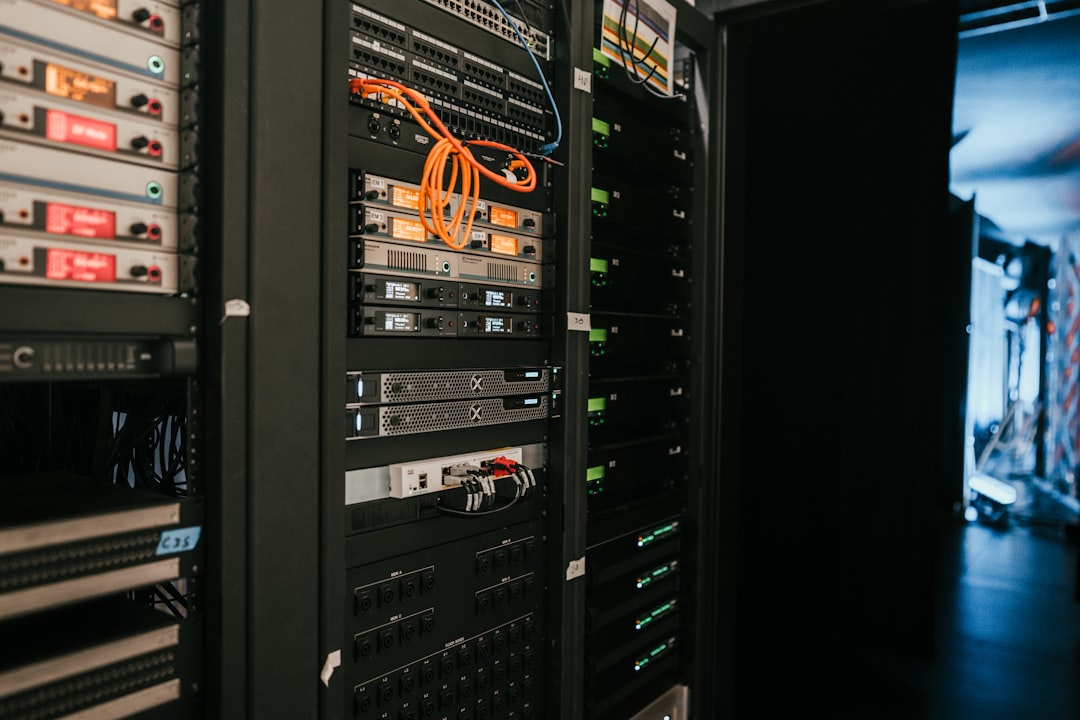
Best Practices for Using AI Reverse Search Tools
To make the most of what these tools offer, artists should:
- Regularly upload their artwork to image tracking platforms to ensure consistent surveillance.
- Set up alerts for automatic monitoring and minimize manual efforts.
- Document their creative process to aid in claim substantiation if a dispute arises.
- Know their rights and be ready to use takedown notices or legal channels if infringement occurs.
Taking a proactive approach to digital security allows artists to retain ownership and creative control in an increasingly open and accessible digital space.
FAQs
- Q: Can AI detect edited or cropped versions of my art?
A: Yes. Most AI reverse search tools can recognize altered versions, including those that are cropped, color-shifted, or overlaid with text. - Q: Do reverse image search tools cost money?
A: Some basic tools like Google Images or TinEye are free, but more advanced, artist-focused platforms like Pixsy may require a subscription for full features. - Q: What happens if my art is found being used without permission?
A: Most advanced platforms allow you to send takedown requests directly or even offer legal support to enforce your copyright. - Q: Can these tools track social media use?
A: Some platforms like Berify and Pixsy include social media in their search scope, though coverage may vary. - Q: Is it worth using these tools even if I’m a hobbyist?
A: Definitely. Whether you’re a professional or casual artist, knowing who is using your art helps you protect your rights and discover new audiences.

